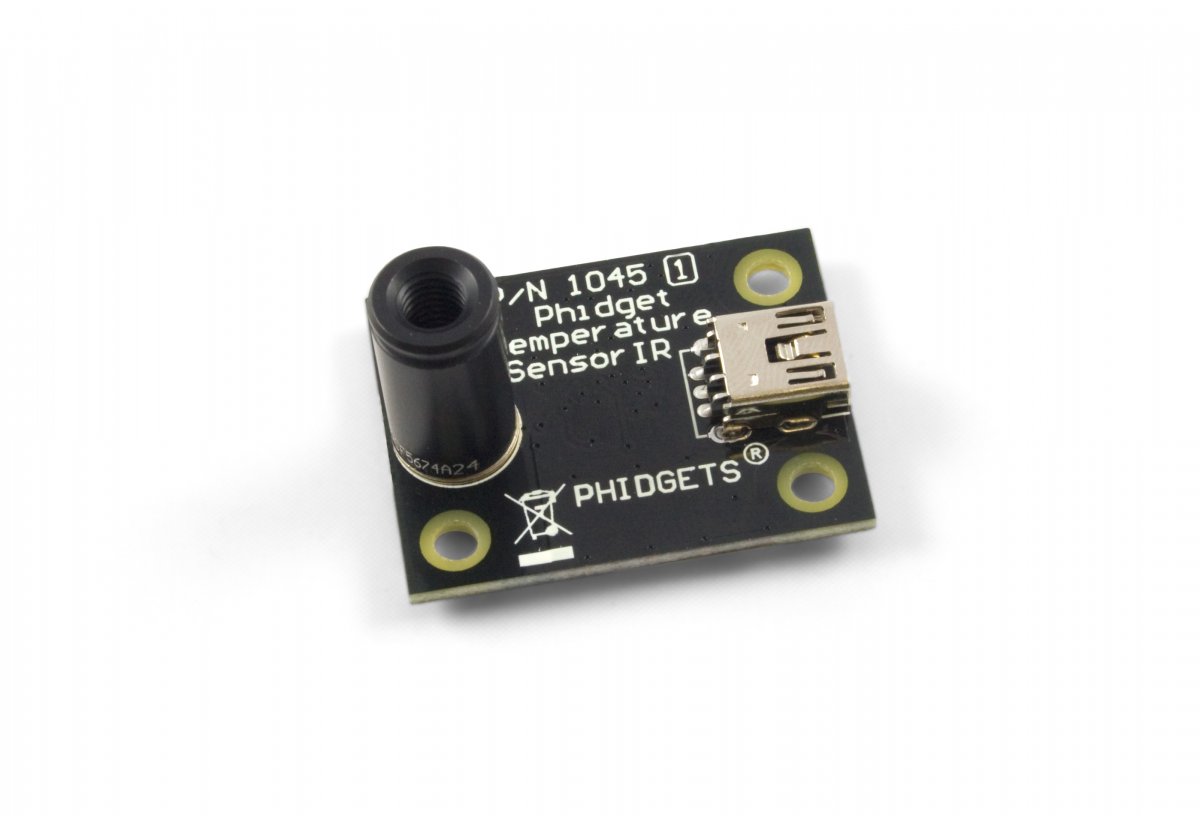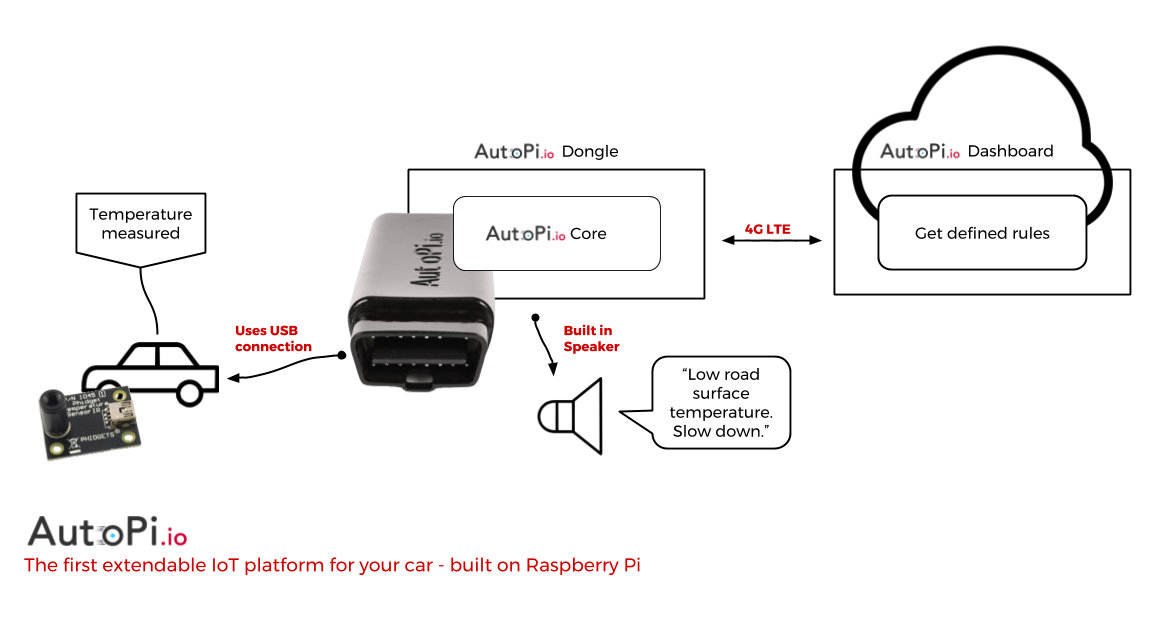Black ice is a very dangerous phenomenon and really important to know about. Black ice occurs during cold winter days when the surface is covered by thin ice that is impossible to see and therefore, can be very dangerous, even deadly.
The black ice detection system can warn drivers and therefore, prevent potential accidents due to unpleasant weather conditions.
The black ice detection system can be installed with the help of AutoPi and send audible alarms to the driver.
What is a Black Ice Detector?
A black ice detector is useful because it assists drivers in detecting and avoiding harmful black ice on the road, thereby increasing road safety and lowering the risk of accidents and injuries.
The technology employed in black ice detectors can detect black ice reliably and send real-time notifications to drivers, allowing them to slow down or modify their direction to avoid hazardous road conditions.
Furthermore, black ice detectors are particularly beneficial in cold areas where black ice is more widespread, as well as at night, when it might be difficult to notice black ice on the road.
Black Ice detection using AutoPi TMU device
Some car models have outside temperature sensors built in. These temperature sensors are meant to measure the outside air temperature but often do not give a precise reading of the air temperature because of engine heating. And when dealing with “black ice” it is more precise to know the surface temperature.
The AutoPi TMU device has a lot of extension possibilities through one of its ports, which makes it possible to build and extend different things. E.g., an infrared temperature sensor from Phidgets Inc:

This specific sensor can be connected directly to one of the USB ports of the AutoPi TMU device. An infrared thermometer measures the infrared energy from an object and uses this to determine the temperature of the object (or surface).
The infrared temperature sensor is mounted on the vehicle (a specific casing can be acquired for the Phidgets sensor) and set to point towards the road surface at a forward pointing angle.

When the sensor has been installed in the vehicle, it is simply connected to the device's USB port.
The AutoPi IoT platform contains a lot of possibilities to extend the temperature input from the Phidget sensor. Because all of the input and outputs in the device can be combined in a rule-based system (also known as an if-this-then-that system).
Using this it is possible to build an in-car warning system using the built-in speaker in the AutoPi TMU device.

The AutoPi TMU device will record the temperature measured by the infrared temperature sensor, and based on the rules defined in the AutoPi cloud dashboard it can react to these measurements. E.g., to warn the driver by using the speaker in the TMU device.
This can be accomplished using a cloud-based service, like Google Assistant.
Interested in knowing more? Please contact us.




